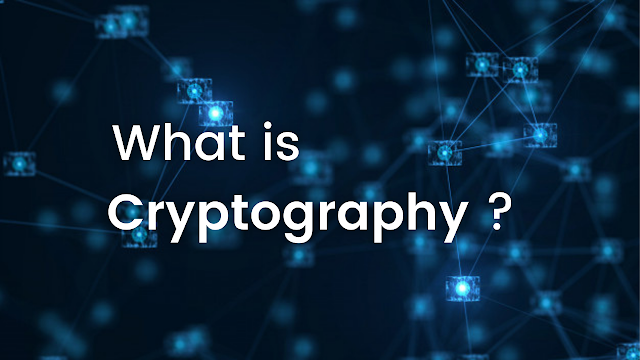What is Cryptography ?
Cryptography is about constructing and analyzing protocols that prevent third parties or the public from reading private messages. Various aspects of information security such as data confidentiality, data integrity, authentication, and non-repudiation are central to modern cryptography.
Prior to the modern age, cryptography was effectively synonymous with encryption, the conversion of information from a readable state to apparent nonsense.
Modern cryptography is heavily based on mathematical theory and computer science. Cryptographic algorithms are designed around computational hardness assumptions, making the algorithms hard for adversaries to break.
There exist information-theoretically secure schemes that probably cannot be broken even with unlimited computing power.
Cryptography also plays a major role in digital rights management and copyright infringement of digital media.
Caesar Cipher
The Caesar Cipher is one of the earliest known and simplest ciphers. It is a type of substitution cipher in which each letter in the plaintext is shifted to a certain number of places down the alphabet. For example, with a shift of 1, A would be replaced by B, B would become C, and so on. The method is named after Julius Caesar, who allegedly used it to communicate with his generals.
Here is a quick example of the encryption and decryption steps involved with the Caesar cipher. The text we will encrypt is "defend the east wall of the castle," with a shift (key) of 1.
Plaintext: "defend the east wall of the castle"
Ciphertext: "efgfoe uif fbtu xbmm pg uif dbtumf"
It is easy to see how each character in the plaintext is shifted up the alphabet. Decryption is just as easy, by using an offset of - 1.
Another example:
Plaintext: "abcdefghijklmnopqrstuvwxyz"
Ciphertext: "bcdefghijklmnopqrstuvwxyza"
It is a different key is used, the cipher alphabet will be shifted a different amount.
Vigenère cipher
The Vigenère cipher is a method to encrypt alphabetic text by using the position of the letter of the input on the key.
The Key is a word decided by the users and is kept secret.
The message cannot be decrypted without the key.
Let's encrypt the word "sololearn" with the key "web".
Word: sololearn
Key: web
Encrypted message: osmwpfwvo
The explanation follows:
w e b w e b w e b
s o l o l e a r n
w + s = o
e + o = s
b + l = m
w + o = w
e + l = p
b + e = f
w + a = w
e + r = v
b + n = o
Specials characters are not used is this type of cipher.
Hashing
Hashing means generating value or values from a string of text using a mathematical function.
Hashing is one way to enable security during the process of message transmission when the message is intended for a particular recipient only. A formula generates the hash, which helps to protect the security of the transmission against tampering.
When a user sends a secure message, a hash of the intended message is generated and encrypted and is sent along with the message. When the message is received, the receiver decrypts the hash as well as the message. Then, the receiver creates another hash from the message. If the two hashes are identical when compared, then a secure transmission has occurred. This hashing process ensures that an unauthorized end user does not alter the message.
Here is a small example in Python that encrypts "Hello World" in SHA-1 (Secure Hashing Algorithm)
You will get a long string which is hashed by the SHA-1 algorithm.
Hashing is used to index and retrieve items in a database because it is easier to find the items using the shortened hashed key then by using the original value.
Hashed Password
When Alice logs into a host computer (or a telephone banking system, or any other type of terminal), how does the host know who she is ? How does the host know she is not Eve trying to falsify. Alice's identity ? Traditionally, passwords solve this problem. Alice enter her passwords, and the host confirms that it is correct. Both Alice and the host know this secret piece of knowledge, and the host requests it from Alice every time she tries to log in.
The host does not need to know the password; the host has to be able to differentiate valid password from invalid password. This is easy with one-way functions. Instead of shorting password, the host stores hashes of the passwords.
Procedure:
- Alice sends the host her password.
- The host performs a one-way function (hashing) on the password.
- The host compares the result of the hashing to the value it previously stored.
Since the host no longer stores a table of everybody's valid passwords, the threat of someone breaking into the host and stealing the password list is mitigated.
The list of password operated on by hashing is useless because the hash cannot be reversed to recover the password.

Please make an article on "what is typescript?"
ReplyDelete